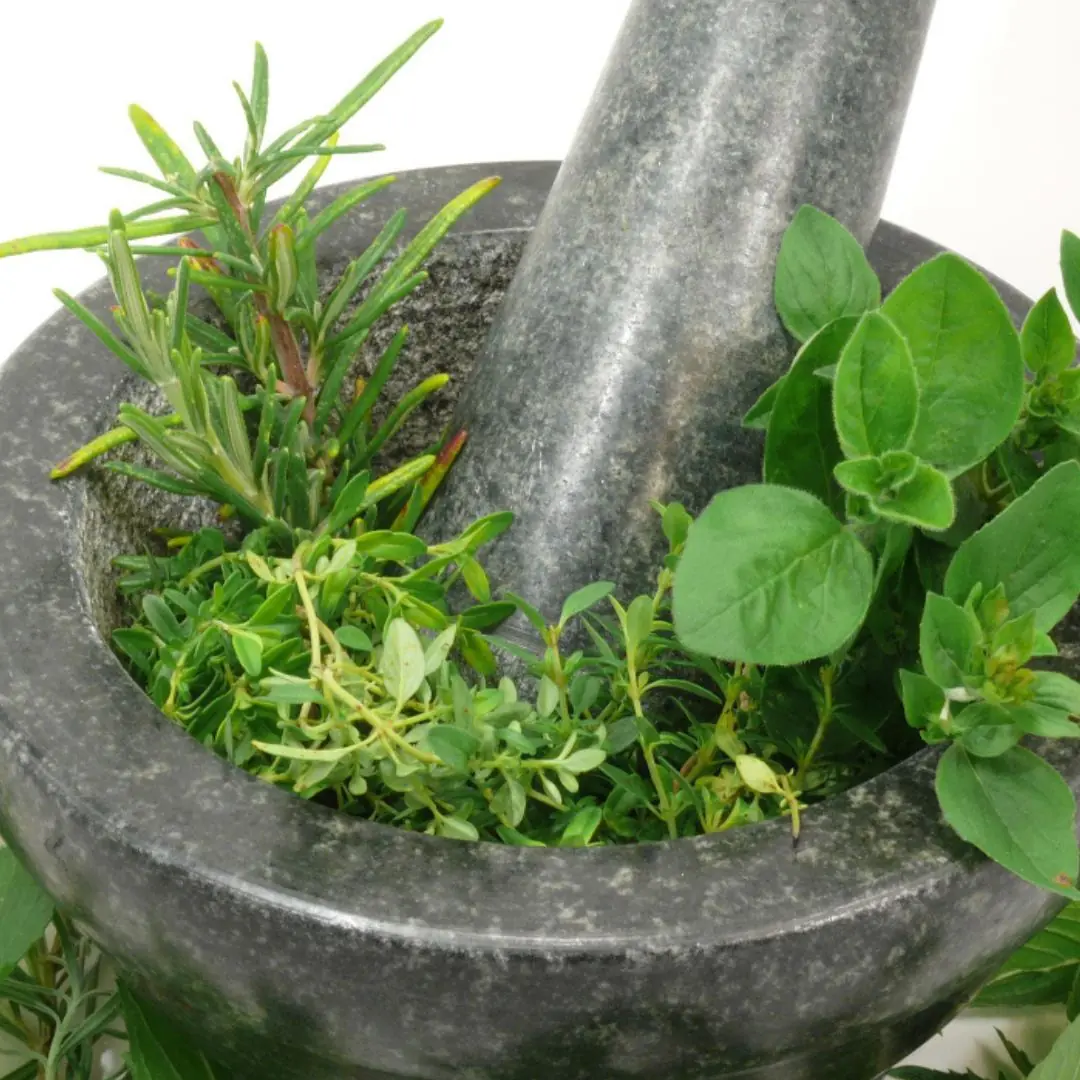
When to eat a banana?
When to Eat a Banana?
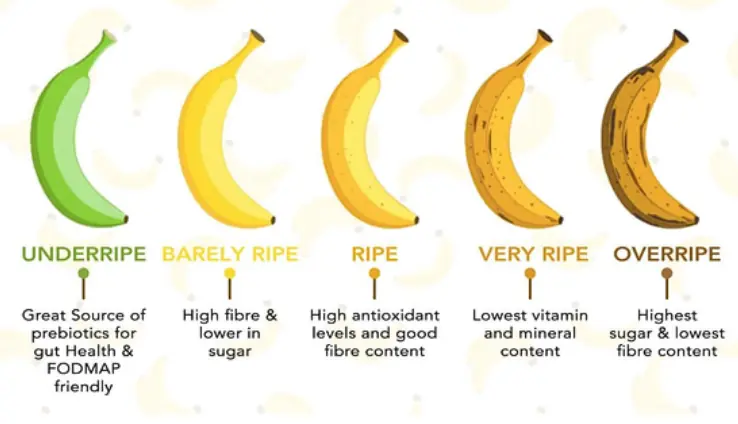
Bananas go through different stages of ripeness, each with unique characteristics that affect taste, texture, and nutritional content. The best time to eat a banana depends on your preference and dietary needs.
Unripe Bananas (Green or Light Yellow)
Unripe bananas are firm and slightly hard, making them more difficult to peel. They have a starchy texture and a mild taste, as the natural sugars have not yet developed. Because of their high resistant starch content and lower sugar levels, unripe bananas have a lower glycemic index, meaning they do not cause a rapid spike in blood sugar.
These bananas are beneficial for digestive health because they contain prebiotics that support good gut bacteria. However, they may be harder to digest for some people and can cause bloating or discomfort. Unripe bananas are commonly used for cooking, such as frying or making banana chips, rather than being eaten raw.
Ripe Bananas (Bright Yellow with Few Brown Spots)
Ripe bananas have a soft texture and a naturally sweet taste. They are easy to peel and have a balanced sugar and starch content. At this stage, the resistant starch has been converted into simple sugars, making them easier to digest and a quick source of energy.
Ripe bananas are ideal for snacking, adding to smoothies, or mixing into oatmeal and yogurt. They provide a natural energy boost, making them a great option for athletes or anyone needing a quick source of carbohydrates. This stage offers the best combination of sweetness and texture for those who prefer a classic banana flavor.
Overripe Bananas (Dark Yellow with Many Brown Spots or Almost Black)
Overripe bananas are very soft, sometimes mushy, and have an intense sweetness. As bananas ripen further, their starch content is almost entirely converted into sugar, giving them a much higher sugar concentration than unripe or ripe bananas.
These bananas are ideal for baking, as their sweetness enhances the flavor of banana bread, muffins, and pancakes. They also blend well in smoothies and can be frozen to make banana ice cream. Since they are easier to digest, overripe bananas can be a good option for those with sensitive stomachs. However, individuals monitoring their sugar intake may want to consume them in moderation.
Choosing the Best Time to Eat a Banana
If you prefer a firmer texture and lower sugar content, an unripe or slightly green banana is the best choice. For a naturally sweet and easy-to-digest snack, a ripe banana is ideal. If you enjoy using bananas in recipes or want the sweetest flavor, an overripe banana is the best option.
Each stage of ripeness offers different benefits, so the best time to eat a banana depends on your personal taste and dietary goals.
News in the same category


Pay attention when renting a motel or hotel room

A Nutritious Dish That Helps Ease Rheumatoid Arthritis and Can Be Cooked in Many Delicious Ways

Be careful when planting these plant
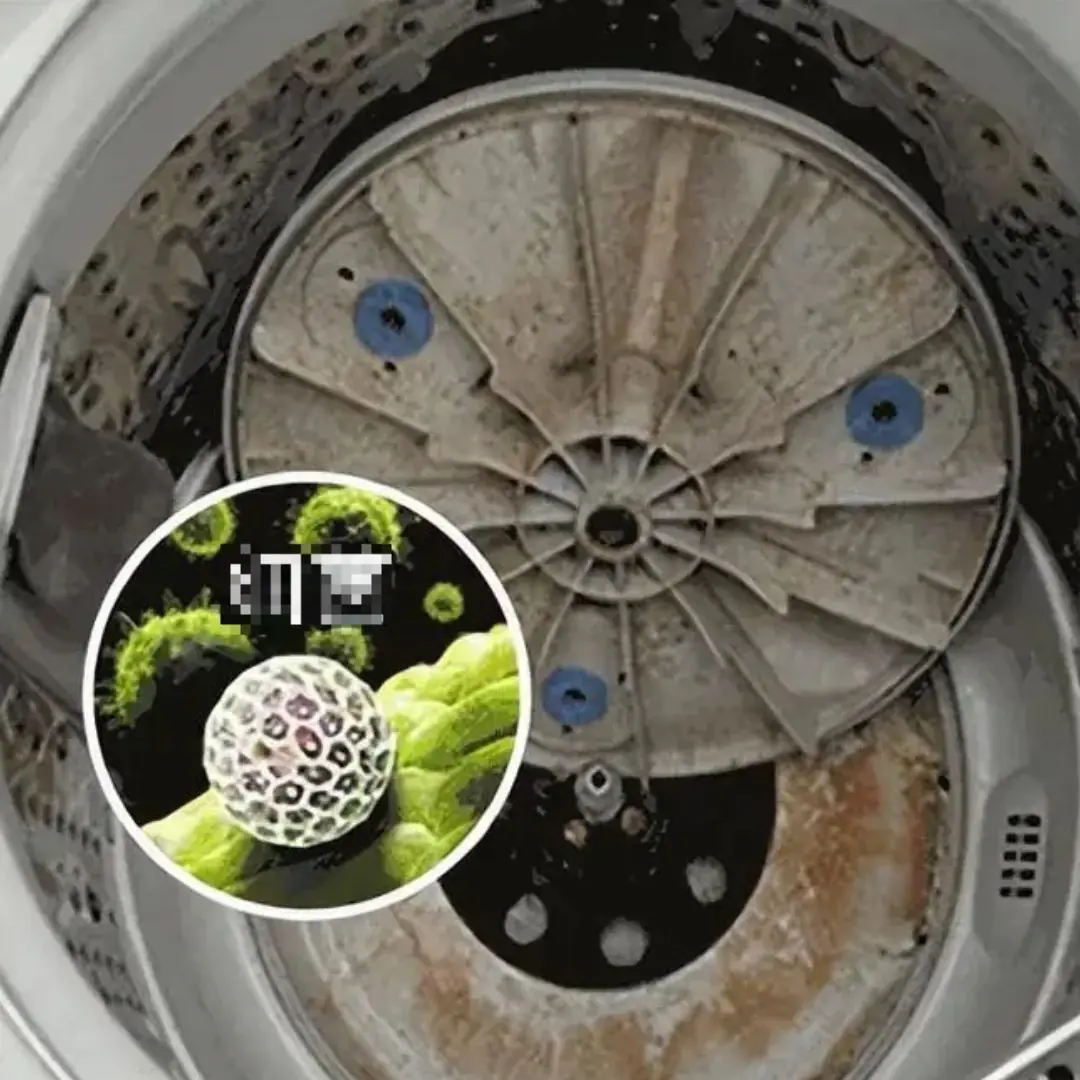
There’s one household item most people forget to clean, yet it can quickly turn into a hotspot for bacteria and illness

Condolences to those who are using these 4 types of electric kettles

Housewives need to pay attention to this

Be sure to unplug to reduce electricity bill

4 types of fish covered with "para.sites"!

The 3 most toxic pork parts in the market, no matter how cheap, don't buy them or you'll get sick
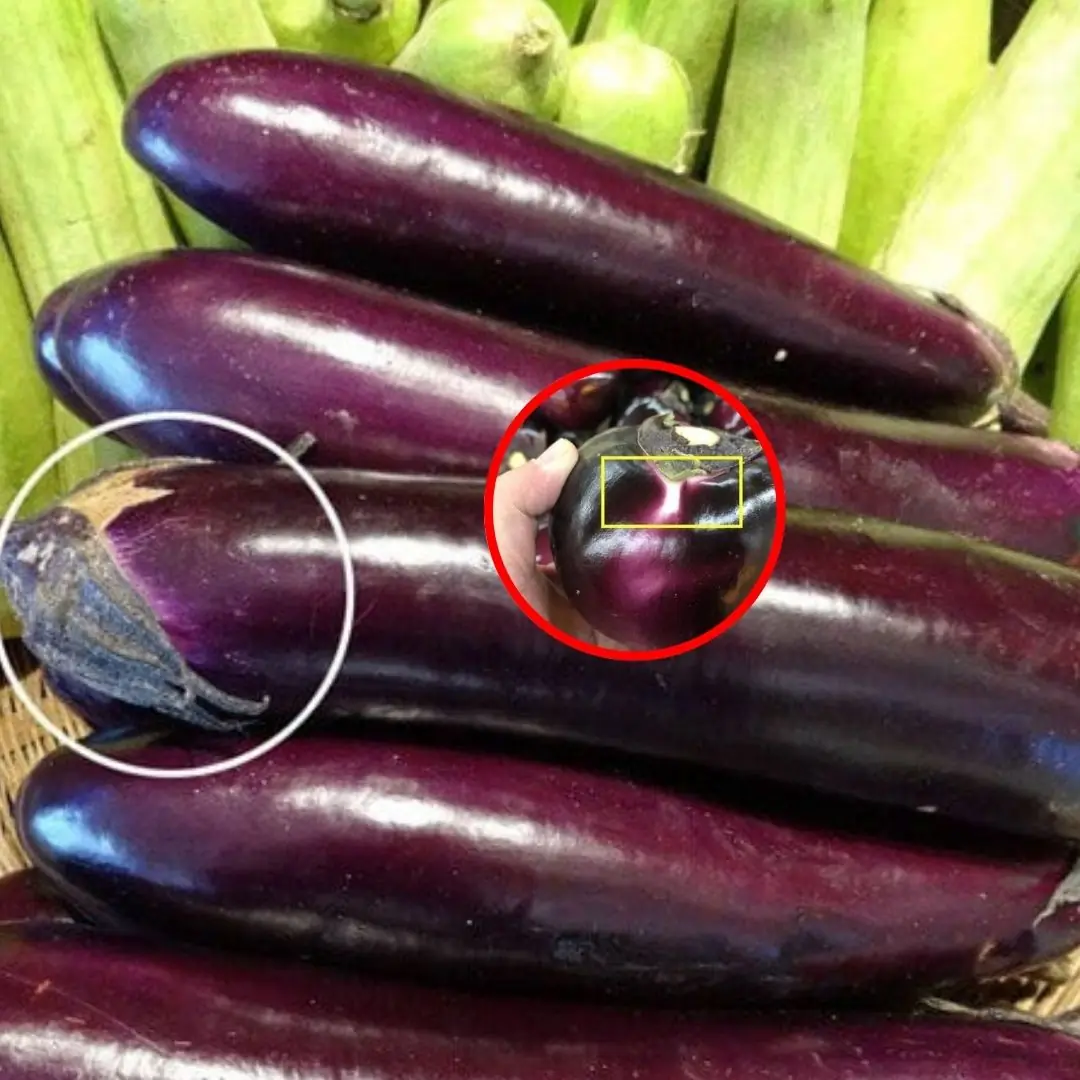
Unlock the secret to choosing perfectly tender, flavorful eggplants — fresh, safe, and free from preservatives!

Follow this tip and your fish will stay fresh without losing its nutrients
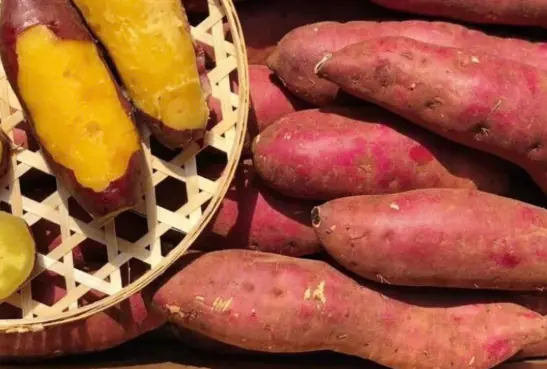
What Happens to People Who Regularly Eat Sweet Potatoes for Breakfast Over a Long Period of Time?

Bathroom and toilet doors should be closed or open

Snakes are very af.raid of these 2 types of flowers
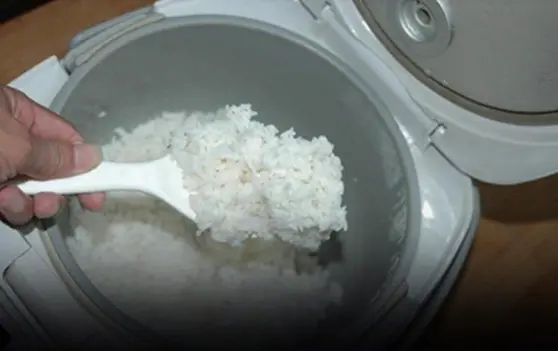
Everyone needs to pay attention when reheating cold rice

Simple tips to clean yellow sweat stains on white shirts
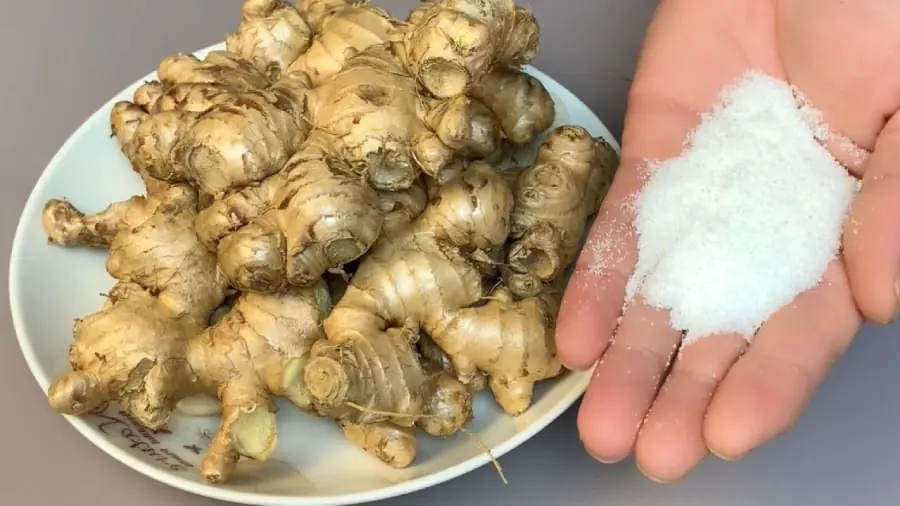
Tips to Keep Ginger Fresh All Year Without Sprouting — Fragrant and Firm Like New

Add One Small Step to Keep It Fresh and Sweet for a Whole Year
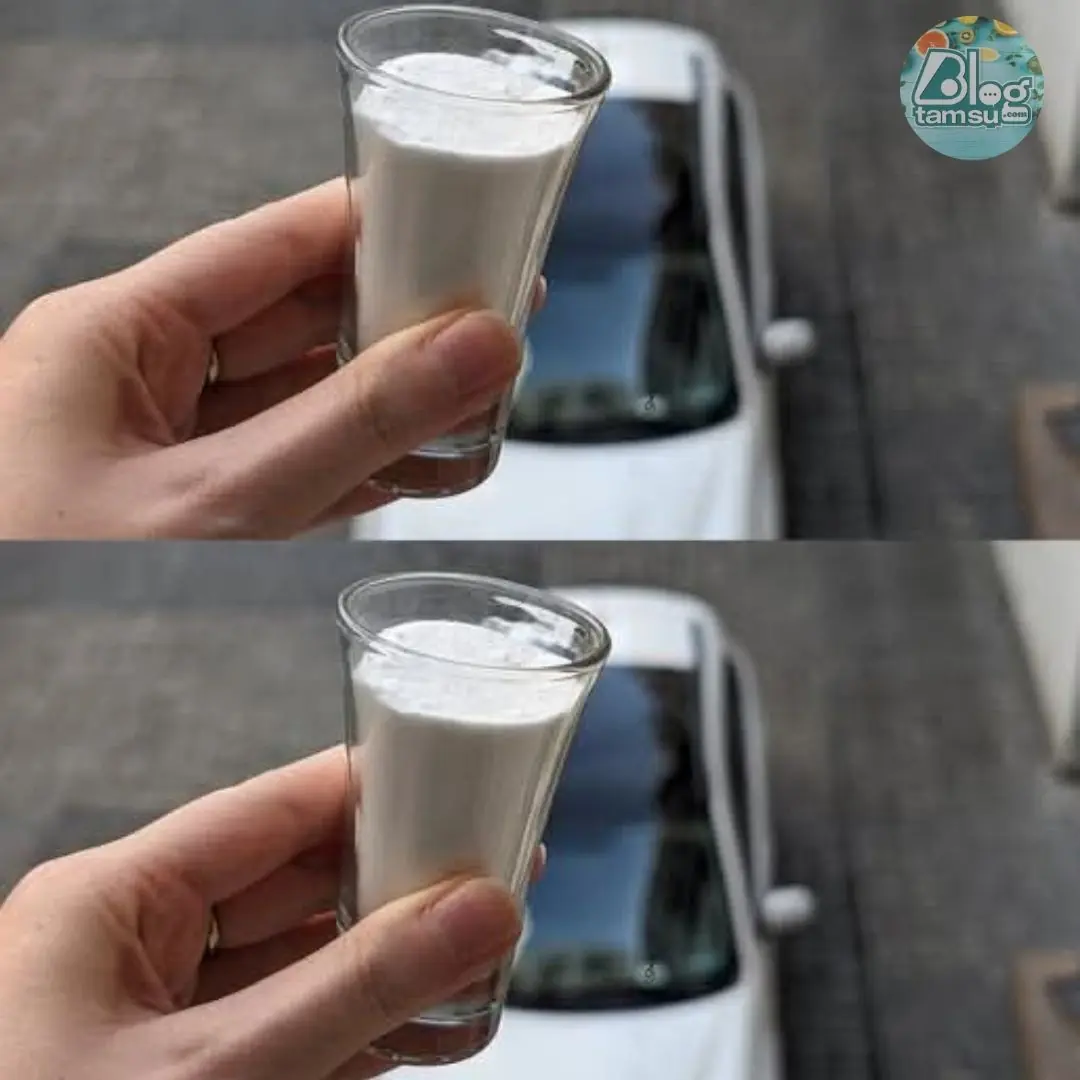
Put 1 Glass of Salt in a Car: Surprising Hack Every Driver Needs to Know
News Post
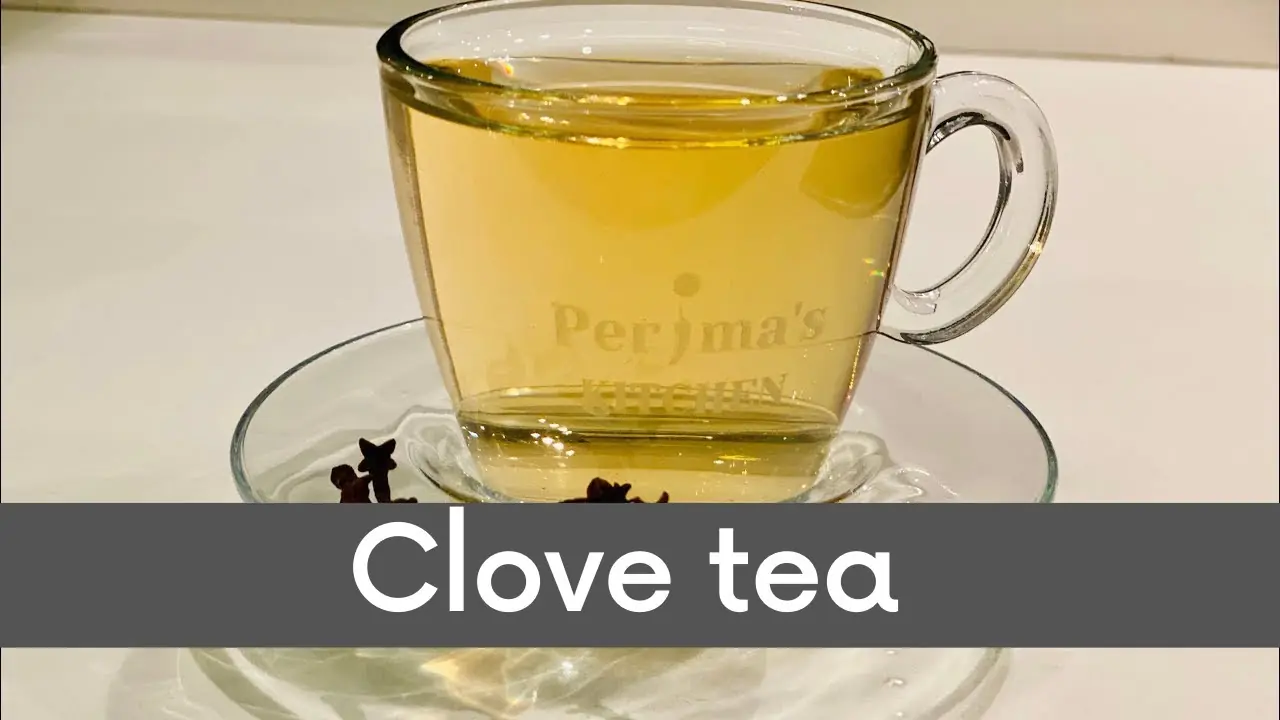
Clove Tea: The Ancient Elixir That Heals, Energizes, and Transforms from Within
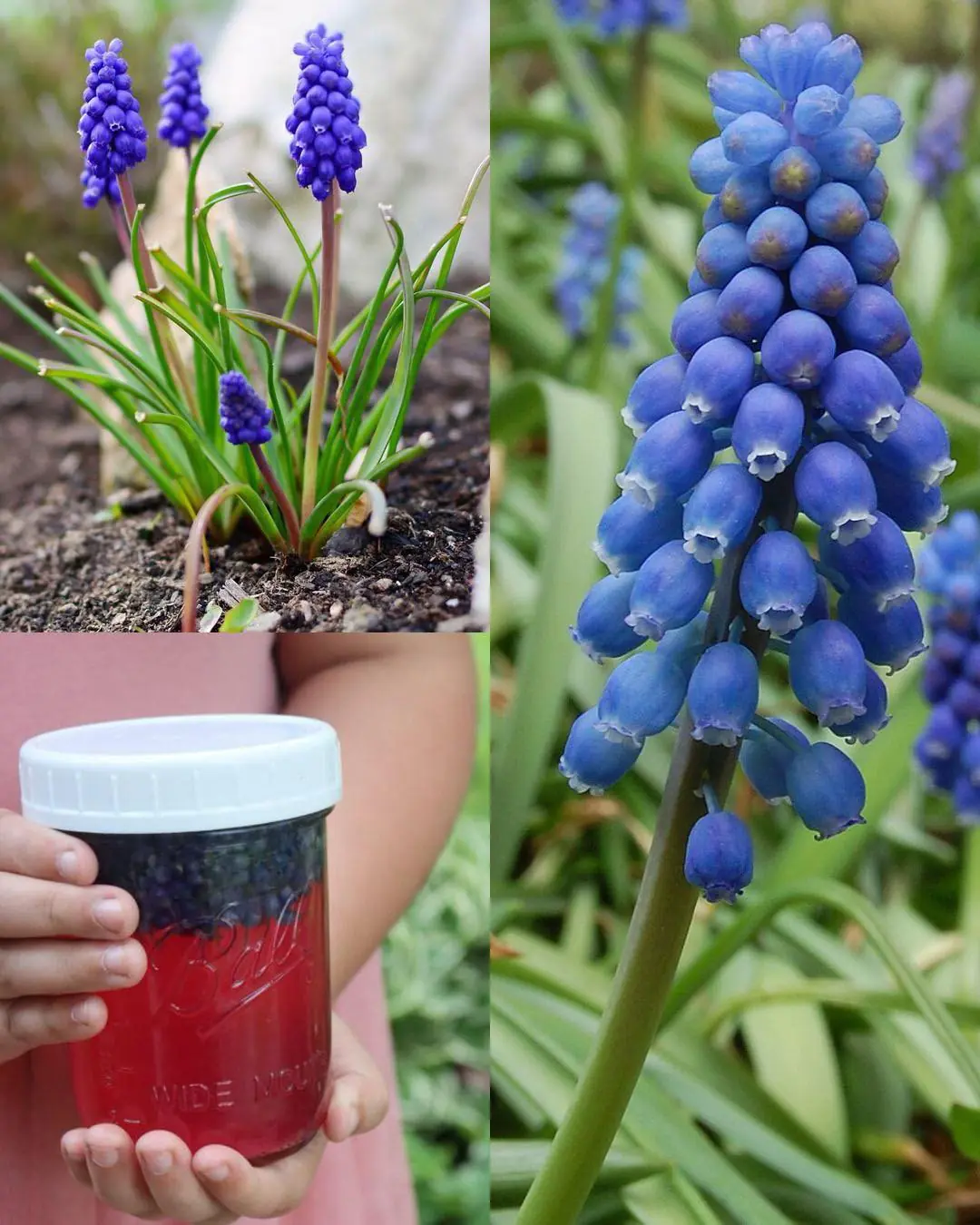
Grape Hyacinth (Muscari): The Stunning Spring Flower That’s Edible - If You Know the Right Kind
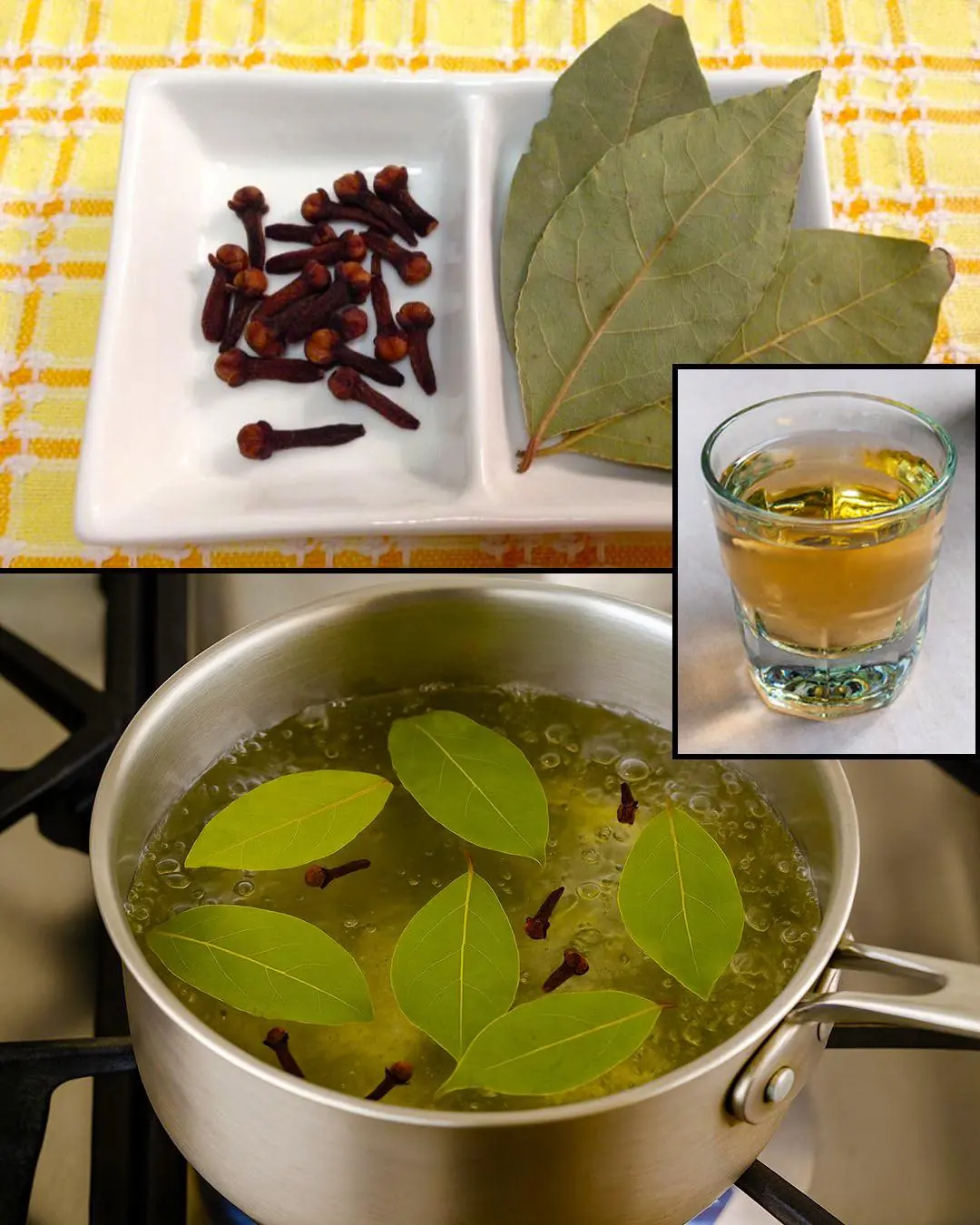
The Surprising Benefits of Boiled Bay Leaves and Cloves: A Natural Elixir for Wellness

The habit of drinking hot water mixed with cold water will be harmful if you do not understand these 3 important things: Bacteria will grow, the body will get sick
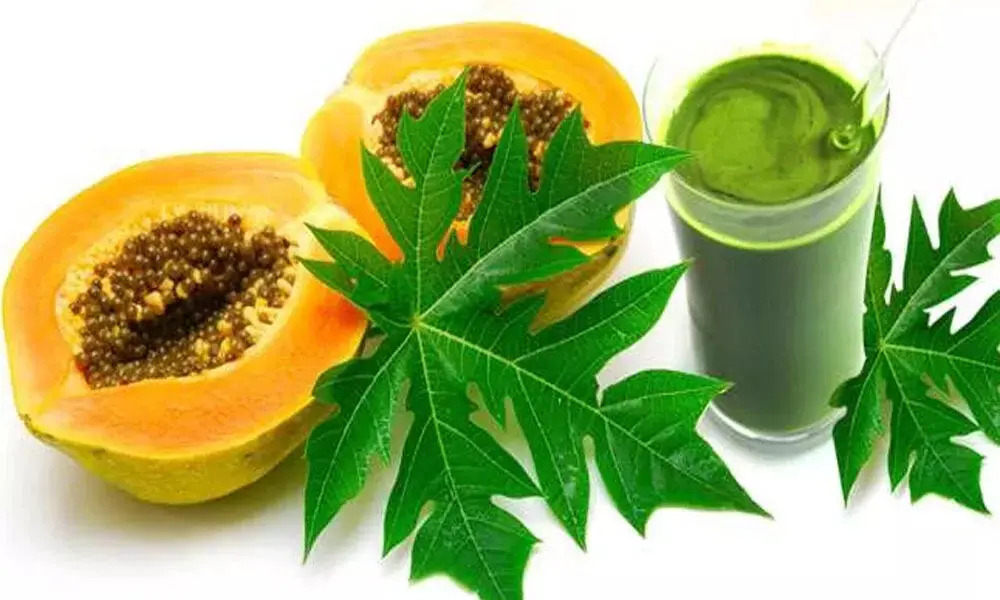
The Hidden Healing Power of Papaya Leaves: Nature’s Secret Weapon for Health and Vitality

Pick a Ring and Discover What It Says About the Woman You Are

Bring out your hair’s natural shine with a leaf growing right in your garden

The risk of liver fluke infection from eating habits that many people have

6 Signs You Have a Dog Tapeworm Infection That You Can Easily Ignore
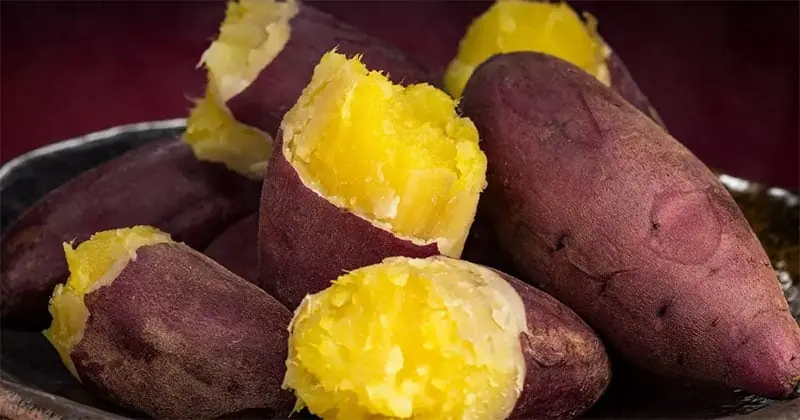
Sweet Potatoes Could Damage Your Health — Especially If You’re in These 5 Categories!

5 Nighttime Drinks to Cleanse Your Li.ver and Shed Pounds While You Sleep

Doctors Reveal 5 Types of Foods Parents Should Never Give Their Children

My Stepmom Stole My Late Mom’s $25K Inheritance to Buy Her Son a Jeep – Karma Made Her Pay Three Times Over

I Adopted a Baby Left at the Fire Station – 5 Years Later, a Woman Knocked on My Door & Said, ‘You Have to Give My Child Back’

A Hotel Bed for Two but Four Pillows? The Unexpected Reason Few People Know — Try It Yourself!

Woman’s heartache after tragic car crash kills husband and children

Pay attention when renting a motel or hotel room

Pumpkin Health Benefits: The Forgotten Superfood You Need Daily

Eating steamed sweet potatoes every day
